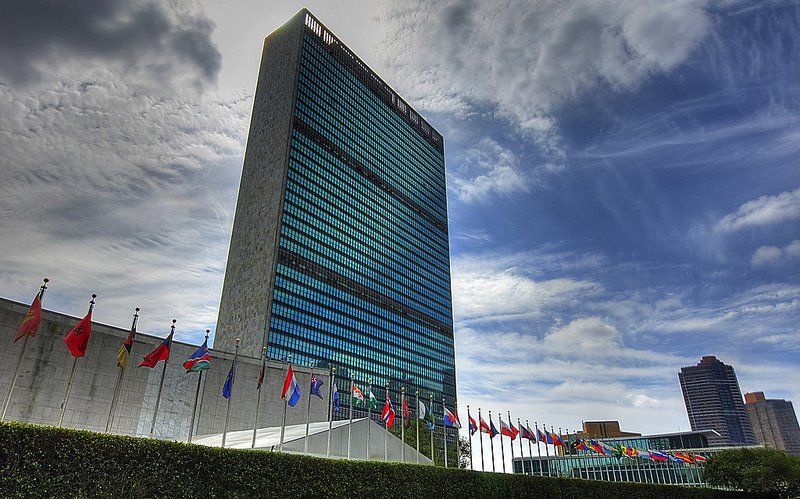Joint Statement in Support of the Efforts to Strengthen the United Nations Secretary-General’s Mechanism for Investigation of the Alleged Use of Chemical and Biological Weapons
We, the Bolivarian Republic of Venezuela, Burkina Faso, the Central African Republic, the Islamic Republic of Iran, the Kyrgyz Republic, the People’s Republic of China, the Republic of Belarus, the Republic of Kazakhstan, the Republic of Mali, the Republic of Nicaragua, the Republic of Tajikistan, the Russian Federation, the State of Eritrea, the Syrian Arab Republic, reaffirm our dedication to protecting humanity from chemical and biological warfare, recognize the common interest of all humankind in excluding completely the possibility of the use of chemical, bacteriological (biological) and toxin weapons. Convinced that such use would be repugnant to the conscience of humankind, we are determined to condemn any use of toxic chemicals, biological agents or toxins as weapons by anyone, anywhere, at anytime, and to hold accountable those responsible for any such use.
We underline that the Convention on the Prohibition of the Development, Production, Stockpiling and Use of Chemical Weapons and on Their Destruction (CWC), the Convention on the Prohibition of the Development, Production and Stockpiling of Bacteriological (Biological) and Toxin Weapons and on Their Destruction (BWC) and the Protocol for the Prohibition of the Use in War of Asphyxiating, Poisonous or Other Gases, and of Bacteriological Methods of Warfare (Geneva Protocol) are essential for international peace and security. We reaffirm that under all circumstances the use, development, production and stockpiling of chemical, bacteriological (biological) and toxin weapons are prohibited under Article I of the BWC and under Article I of the CWC. We urge all States Parties to the BWC and the CWC as a priority to fully comply with all their obligations pursuant to those Conventions and to abide by the understandings agreed by the review conferences of the States Parties to the Conventions.
We note efforts by the UN Secretary General and UN Secretariat, as well as national initiatives to provide relevant training to experts that could support the Secretary-General’s Mechanism for Investigation of Alleged Use of Chemical and Biological Weapons (UNSGM). At the same time we recognize that there have been developments in the field of science and technology related to the UNSGM and that the situation relating to the CWC, the BWC and the Geneva Protocol regimes (including new challenges and threats such as chemical and biological terrorism) has changed since the establishment of the UNSGM in 1987 and the endorsement of its technical guidelines and procedures in 1990.
Therefore we are convinced that there is need for intensifying efforts of the international community with support of the UN Secretariat to strengthen the expert and technical capabilities of the UNSGM. Particular attention should be paid to the UNSGM guidelines and procedures (document A/44/561), which have not been updated with the exception of their technical appendices (few of their points were revised in 2007) since their endorsement by the UN General Assembly resolution А/45/57С dated December 4, 1990.
We reiterate that according to section G of the above-mentioned UNSGM guidelines and procedures the UN Secretary General should periodically review with the assistance of his appointed expert consultants, bearing in mind modifications proposed by Member States, the technical guidelines and procedures contained in Annex I to the 1989 report of the Secretary-General and revise them as necessary for submission to the General Assembly, upon its request.
In light of the above, we call upon the UN Secretary General to organize a review of the current UNSGM guidelines and procedures, the UN General Assembly document А/44/561 dated October 4, 1989, in which they are set out, in accordance with paragraph 104 and by analogy to the update conducted in 2007.
